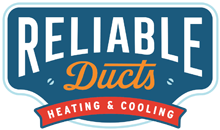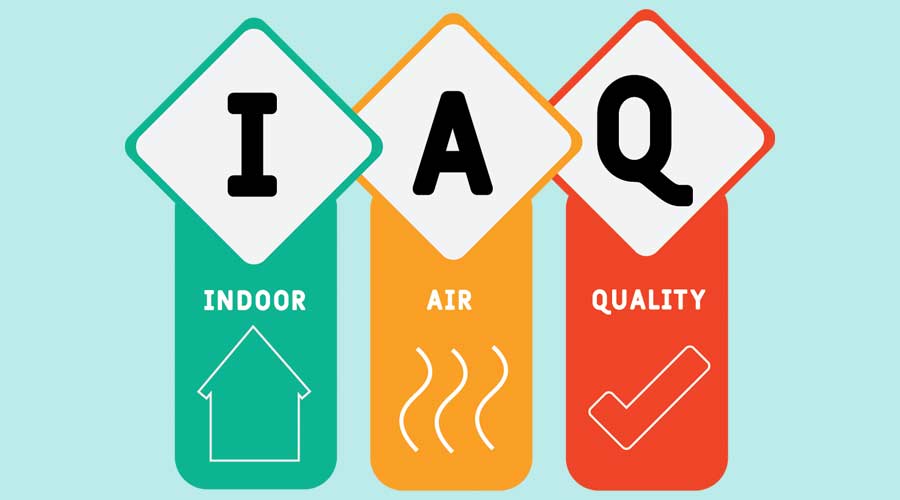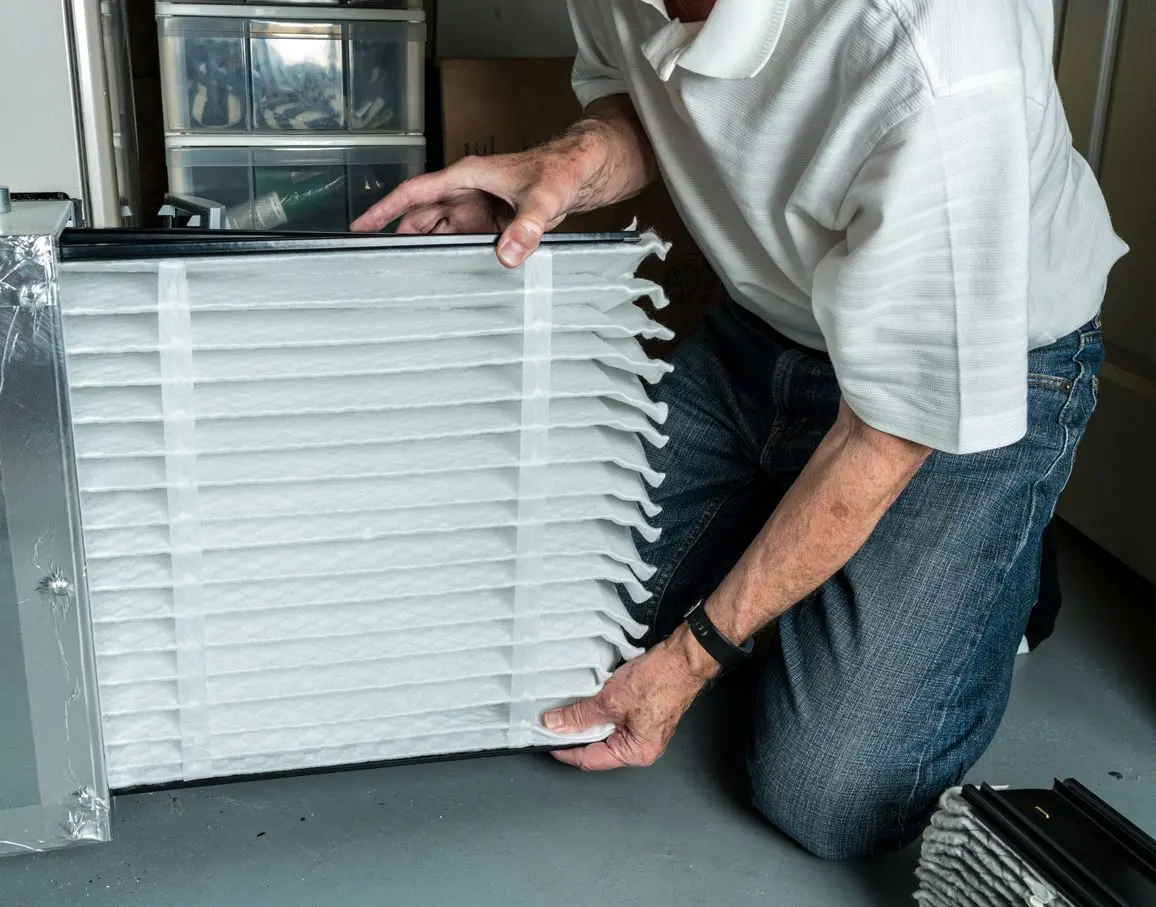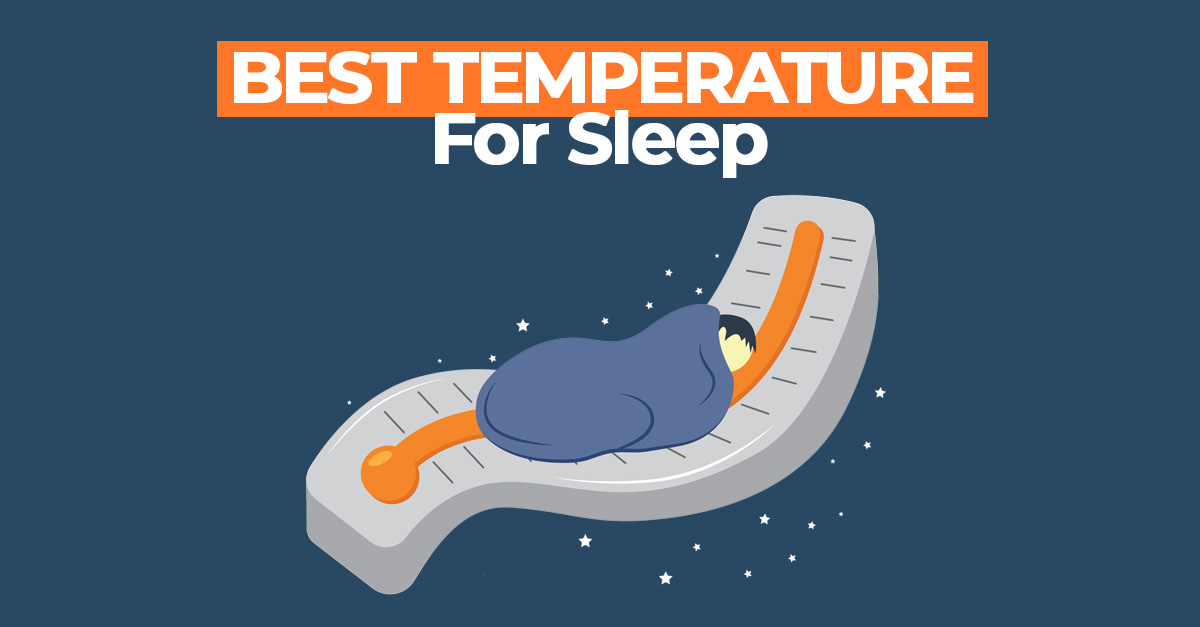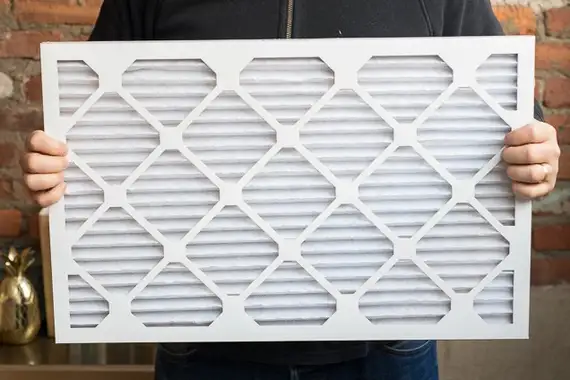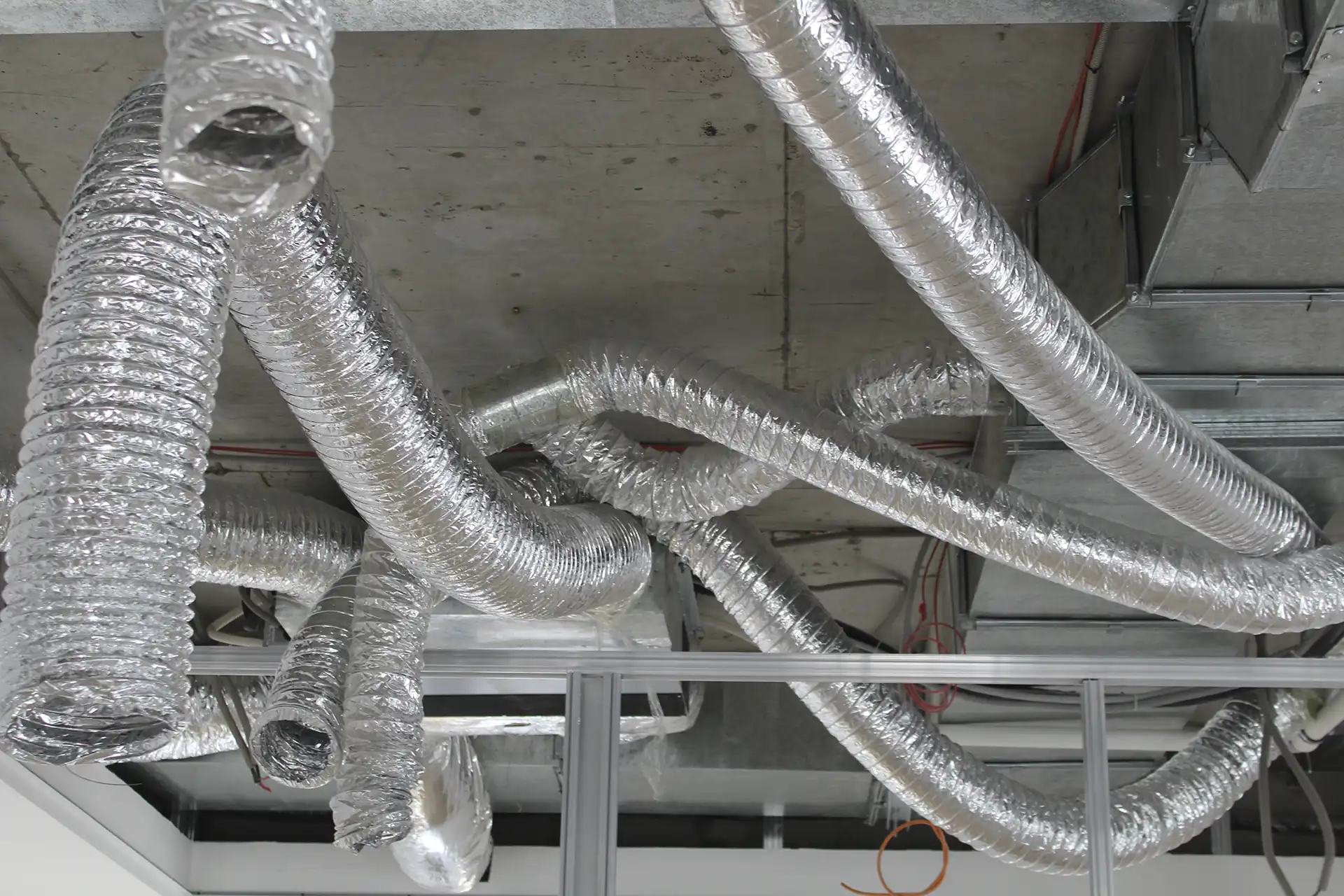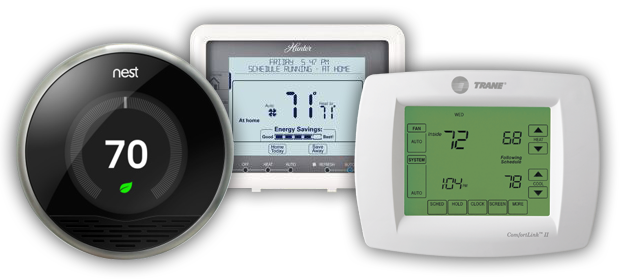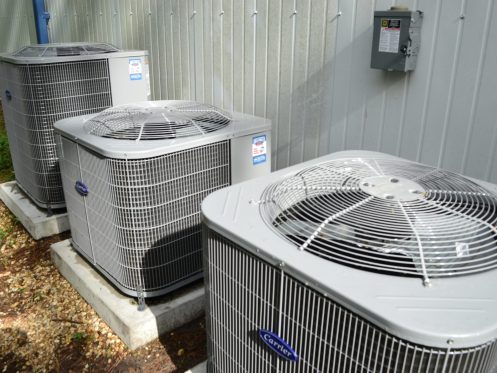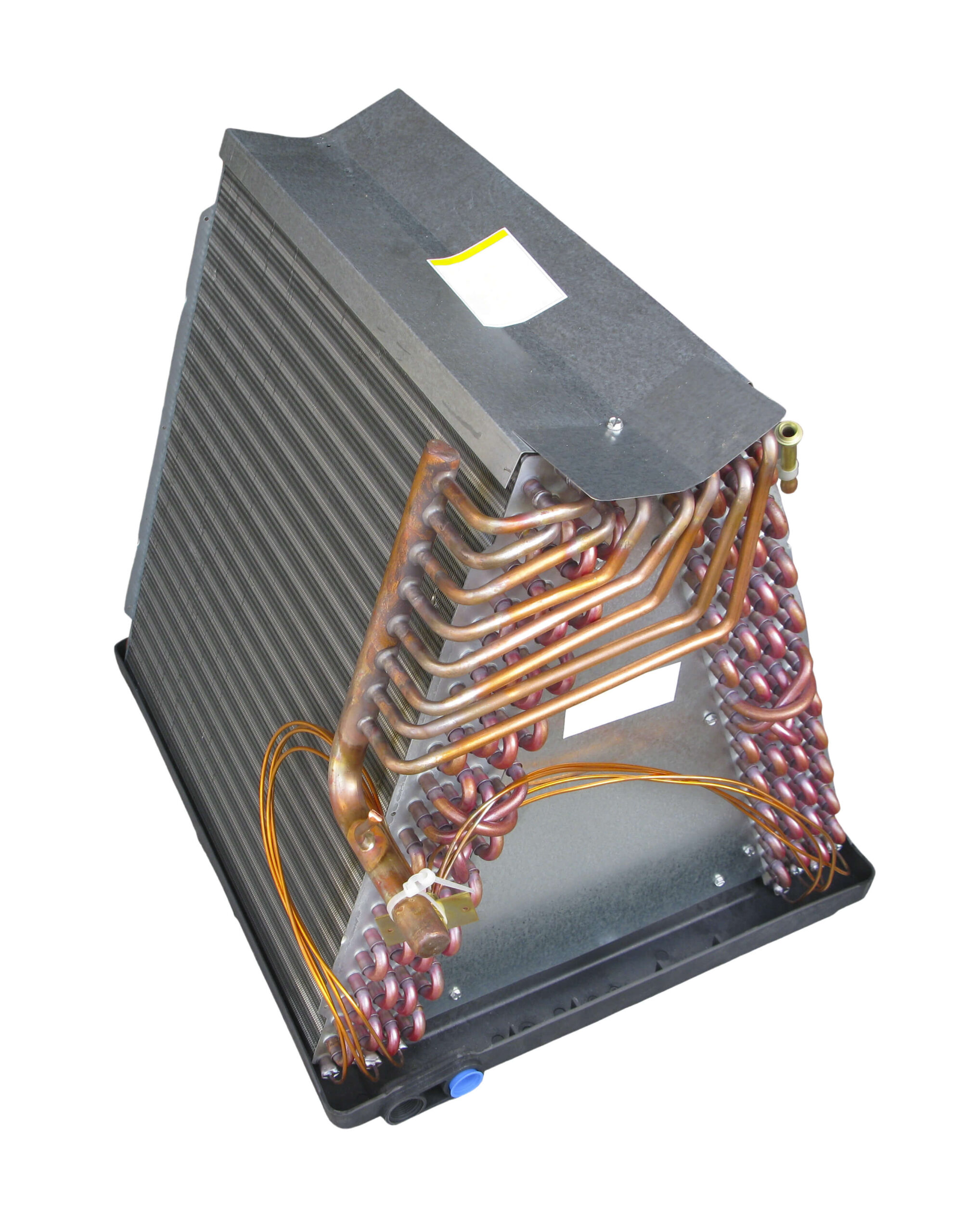In the hustle and bustle of our daily lives, the quality of the air that envelops us goes unnoticed, yet it plays a pivotal role in our overall well-being. Air quality tests are not just a luxury or an over-the-top health measure; they are an essential tool that can significantly impact our health, the well-being of our families, and the health of our planet. Let’s explore why conducting regular air quality tests is a decision that can lead to a healthier and more environmentally conscious life.
Why Air Quality Tests are a Must: Unveiling the Invisible Threats
- Health Protection:
At the forefront, air quality tests protect your health. The air inside our homes, offices, and even outdoor environments can harbor a variety of pollutants such as volatile organic compounds (VOCs), particulate matter, and carbon monoxide. These pollutants can cause a range of health issues from minor irritations like headaches and allergies to severe conditions such as asthma, heart disease, and respiratory infections. Regular air quality testing helps identify these invisible threats, allowing for effective measures to mitigate their impact.
2.Enhanced Comfort and Well-being:
Ever noticed how a stuffy or poorly ventilated room can make you feel sluggish and unproductive? Poor air quality can significantly affect your comfort and overall sense of well-being. By conducting air quality tests, you can make informed adjustments to your living or working environment, ensuring it promotes not only health but also a sense of comfort and productivity.
- Prevention of Mold Growth:
Mold spores in the air can lead to serious health problems and structural damage to your property. Air quality tests are crucial in detecting high levels of humidity and mold spores early on, preventing mold growth and the host of health issues and property damage it can cause.
4.Safeguarding the Environment:
Understanding and improving the air quality in our immediate environments also contribute to broader environmental protection efforts. By reducing pollutants indoors, we lessen the overall demand on our planet’s ecosystems to filter out harmful substances. Moreover, awareness and action can drive more significant changes, encouraging policies and practices that protect outdoor air quality as well.
- Economic Savings:
Investing in air quality tests can lead to significant economic savings in the long run. Identifying and addressing air quality issues early can prevent costly health care expenses due to air quality-related health conditions. Additionally, it can save money on home repairs, especially in cases where undetected mold or air quality issues lead to significant damage over time.
How to Conduct an Air Quality Test
Air quality testing can be done through professional services or by using DIY home testing kits. Professional testing offers the advantage of detailed analysis and personalized recommendations, while home kits provide a more affordable and immediate, albeit less comprehensive, assessment. Regardless of the method chosen, regular testing is key to maintaining a healthy environment.
The air we breathe is as vital as the water we drink or the food we eat in sustaining our health and well-being. Taking proactive steps through regular air quality testing is a small but powerful way to protect ourselves, our families, and our planet. As we become more aware of the invisible dangers lurking in untested air, we can make informed decisions to improve our environments, leading to healthier lives and a brighter future for our world.
Embracing air quality testing is more than just a health measure; it’s a commitment to a sustainable and conscious lifestyle. So, why not take that step today? Your health, comfort, and the environment will thank you for it.
